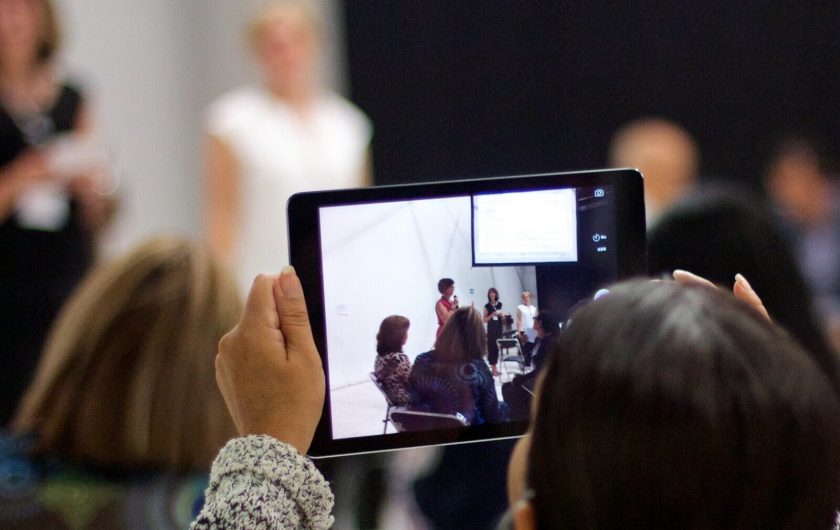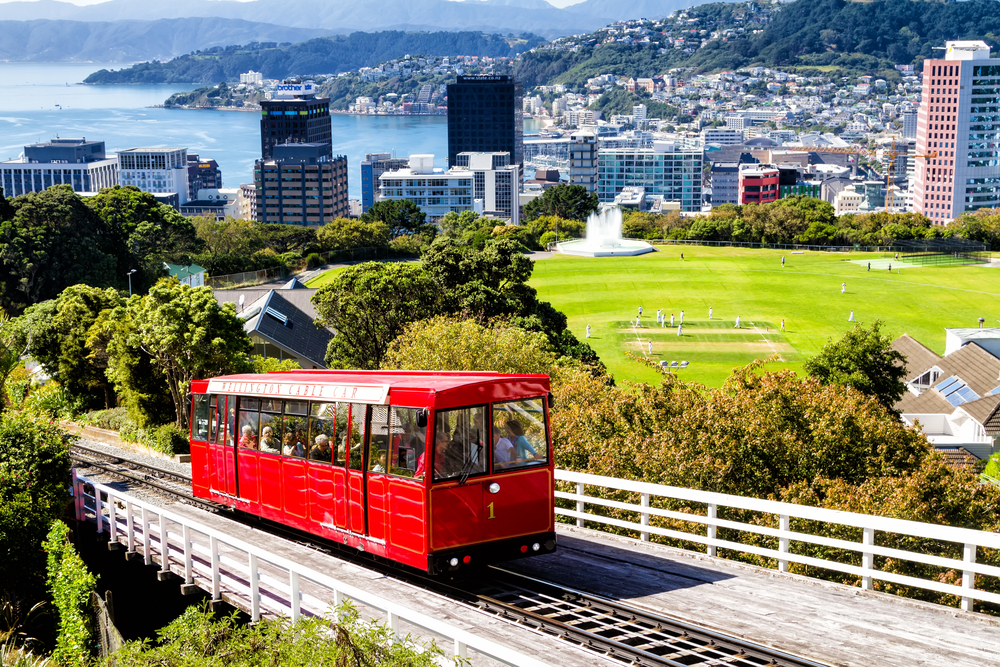MEETINGS professionals in the Asia-Pacific region are “fairly positive” about the health of the industry in 2022, according to the latest study by American Express Meetings & Events Meetings.
Amex’s 2022 Global Meetings and Events Forecast found that nearly two-thirds (64%) of those surveyed in Asia Pacific would rank their optimism level as 8 or higher on a scale of 1-10, and 58% believe their career options are good to excellent.
Planners expect 81% of 2022 events in the region to include an in-person component, 62% of respondents in the region expect in-person attendee numbers to return to pre-pandemic levels in the next one to two years.
Backgrounder… Sydney trumps Shanghai in Amex 2017 outlook
Respondents in Asia Pacific are predicting more of every type of meeting in 2022. For in-person events, client/customer advisory boards are expected to increase the most (3.1%). In the virtual/hybrid format, internal team/training meetings are expected to see the biggest jump (3.0%).
More attendees are expected at every type of meeting, whether they are in person or virtual/hybrid. For in-person events, the percentage increase ranges from 1.4% for senior leadership/board meetings to 3% for client/customer advisory boards.
For virtual/hybrid events, the expected increase in attendees ranges from 2.2% for small and simple meetings to 3.6% for internal team/training meetings.
Hotel room availability is expected to increase by a modest 1.6% in 2022 and 2.6% in 2023.Predictions for meeting space availability are slightly more optimistic, with respondents expecting a 2.1% increase in 2022 and a 4% increase in 2023.
AMEX’S TOP 5 APAC CITIES
1/ Tokyo
2/ Shanghai
3/ Seoul
4/ Taipei
5/ Osaka
The table is based on client data from the American Express Meetings & Events Meetings Insight platform, and also reflects the pandemic restrictions in the region. Singapore and Sydney did not make the list.
Overall meeting spend in Asia Pacific is expected to be virtually unchanged in 2022, with only a 0.02% increase. Group hotel rates in the region are expected to increase by a modest 1.0%, and group air rates are likewise expected to see a modest increase, of 1.6%. Respondents say that if their budget were reduced by 10%, the first area they would cut for in-person events would be the number of nights, followed by off-site optional activities, and then off-site evening events.
When asked what challenges they faced when conducting a virtual event in 2021, meeting planners in Asia Pacific said the biggest issues were lack of engagement, technical issues, and lack of knowledge or experience with the format or the technology.
Hotels and Meetings Space – Global Outlook
After occupancy rates hit historic lows worldwide in April 2020, the hotel industry is rebounding. Many of the changes put in place during the pandemic are expected to stay for the future, including enhanced cleanliness protocols and flexible cancellation policies. Major brands are also integrating better on-site technology to enable hybrid meetings and delivering more personalised attendee experiences.
Most survey respondents expect hotel group rates to increase in 2022, although by how much differs by region. Global hoteliers predict an increase of 2.3%, while respondents in Asia Pacific expect to see the lowest increase, at 1%, and those in North America expect the highest, at 5.1%.
Beyond the current environment, three trends are expected to persist in the hotel and air sectors: safety and wellness; sustainability; and digitalisation (contactless check-in/ out and payments).
No Substitute for face-to-face
Organisations are now understanding the valuable role face-to-face meetings play in connecting a dispersed workforce. As Linda McNairy, vice president Americas, Amex Meetings & Events, said: “It’s really hard to drive culture in a non-face-to-face environment.”
Technology
Patrick Rush, senior regional director Asia Pacific, Amex Meetings and Events, said: “We’re going to see a lot more solutions arise as technology continues to evolve. We’ve worked in partnership with our customers and suppliers to identify opportunities to innovate.”
Destination Choices
Local and regional travel is expected to dominate due to government and travel restrictions. Organisations are adjusting their plans by, for example, replacing a national sales meeting with five regional meetings. So while there may not be as much long-distance travel, people will be meeting in person again, and on a more regular basis.
Post-pandemic prospects
Two-thirds (67%) of survey respondents believe that in the next one to two years, in-person meeting levels will return to their pre-pandemic numbers. When asked to name their top two factors, aside from Covid-19 restrictions, that would influence future in-person event planning, 58% chose confidence in duty-of-care components for attendee health and safety; 55% chose supplier flexibility to customise services.
Sustainability
Beyond reducing waste and choosing not to provide gift bags or paper agendas, planners are increasingly expected to be able to calculate the carbon footprint of a meeting (in-person, virtual, and hybrid) to determine whether it will fit their policy. Although this information is not necessarily readily available, some forward-thinking airlines and hotels are developing programs that will offer it all the way down to the attendee level. This extends to location choices.



